Three nations, three ways to recycle plastic waste with nuclear technology

Plastic waste pollutes oceans, streams, and bloodstreams. Nations in Asia and the Pacific are working with the International Atomic Energy Agency through the Nuclear Technology for Controlling Plastic Pollution (NUTEC Plastics) initiative to tackle the problem. Launched in 2020, NUTEC Plastics is focused on using nuclear technology to both track the flow of microplastics and improve upstream plastic recycling before discarded plastic can enter the ecosystem. Irradiation could target hard-to-recycle plastics and the development of bio-based plastics, offering sustainable alternatives to conventional plastic products and building a “circular economy” for plastics, according to the IAEA.




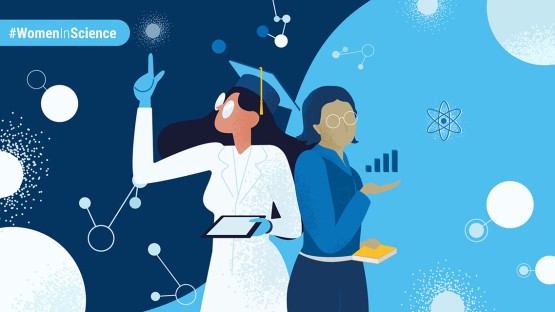
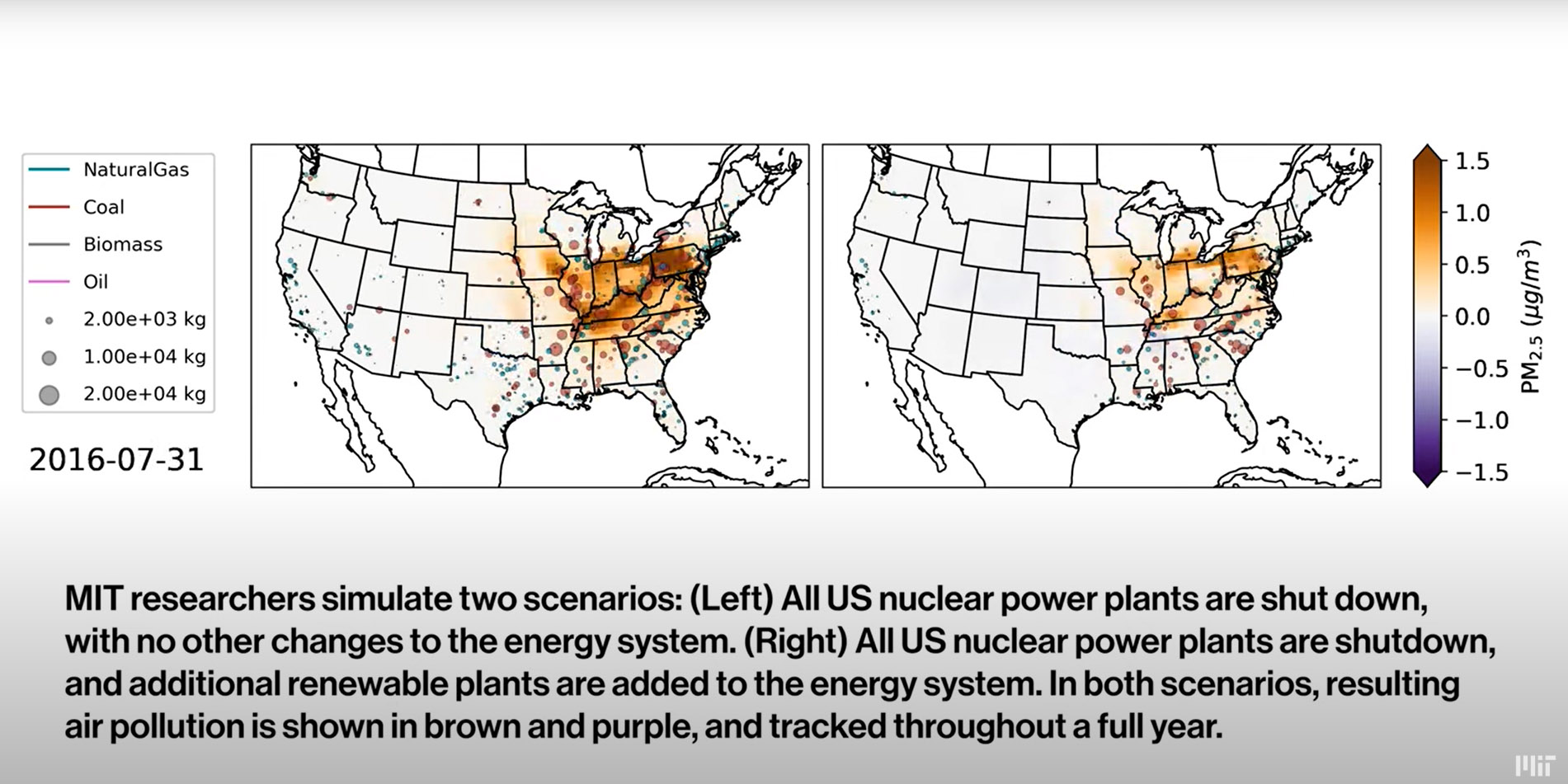
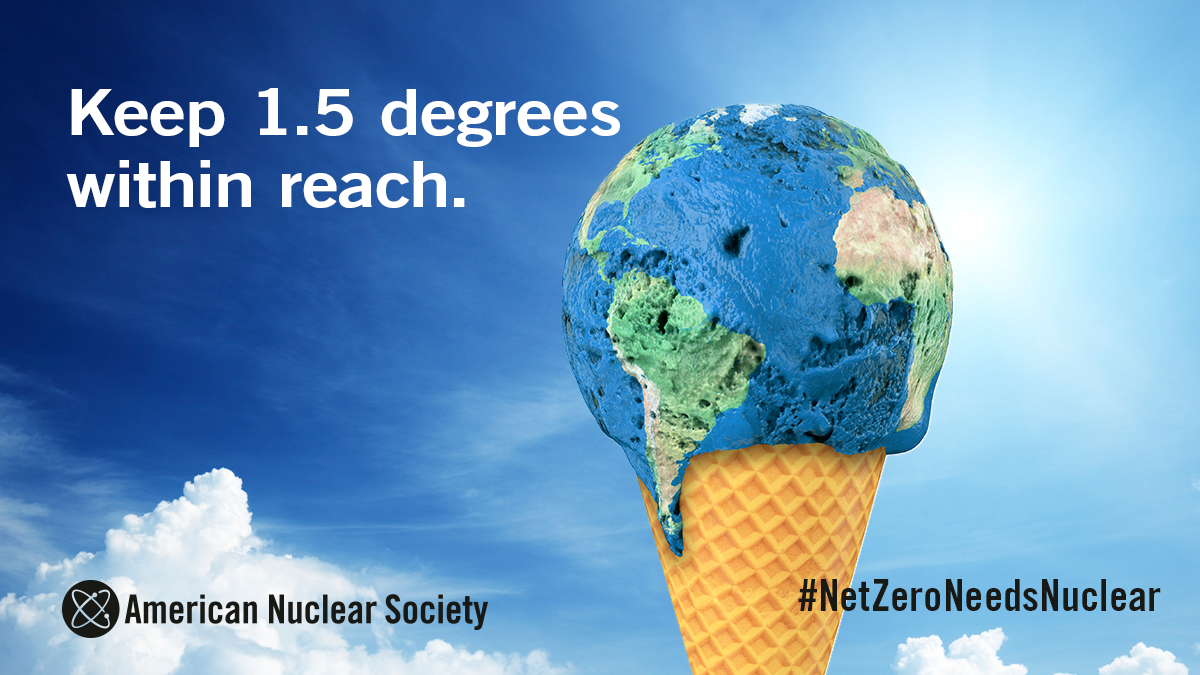
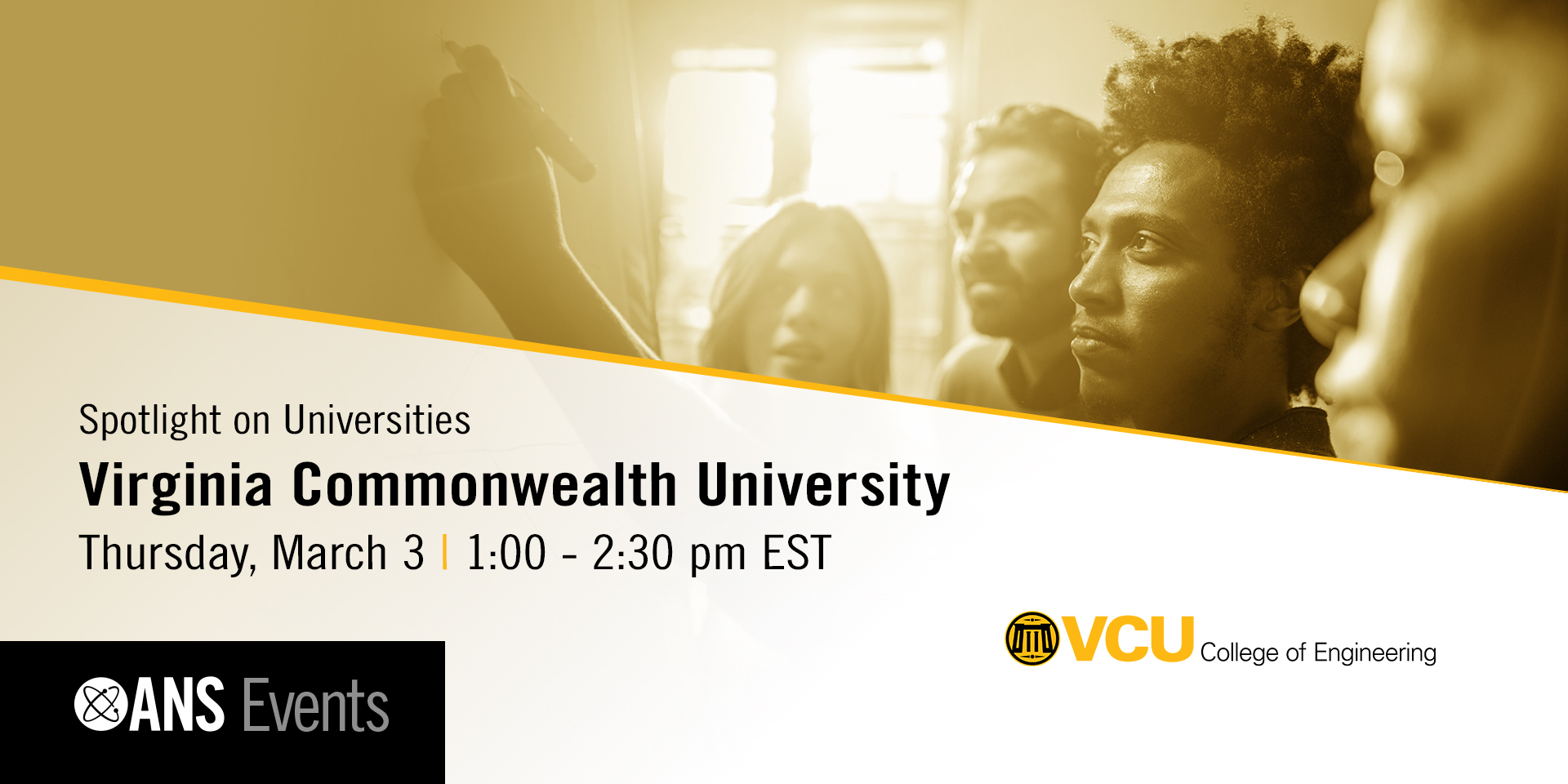
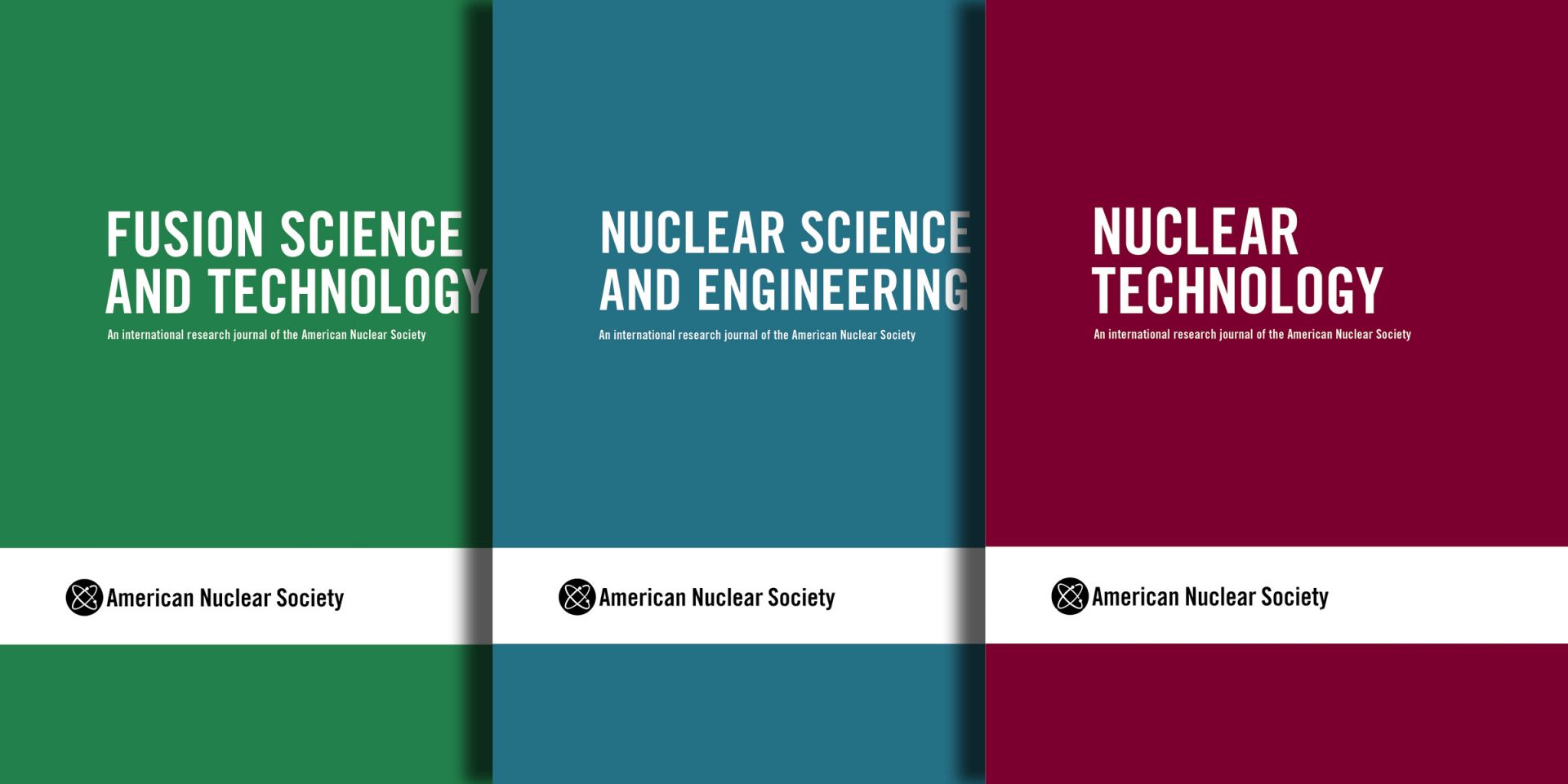
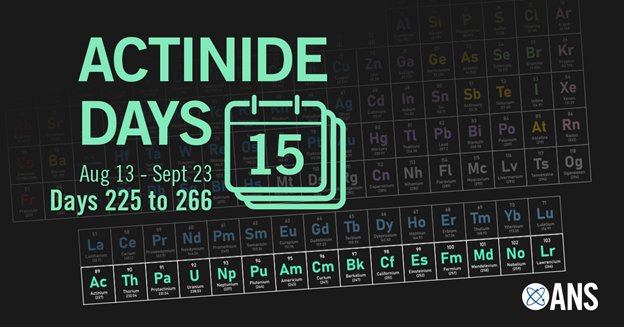

 The International Atomic Energy Agency has awarded
The International Atomic Energy Agency has awarded 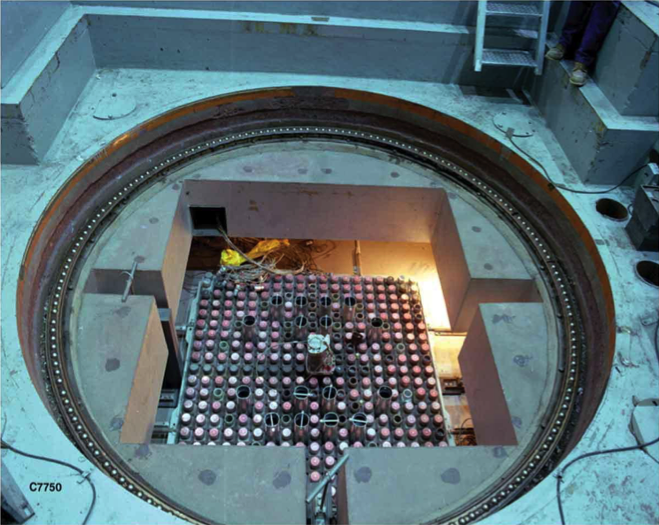
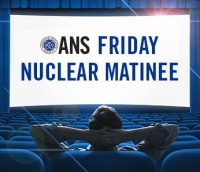
 ANS member Dr. Christopher Morrison was a recent guest on
ANS member Dr. Christopher Morrison was a recent guest on